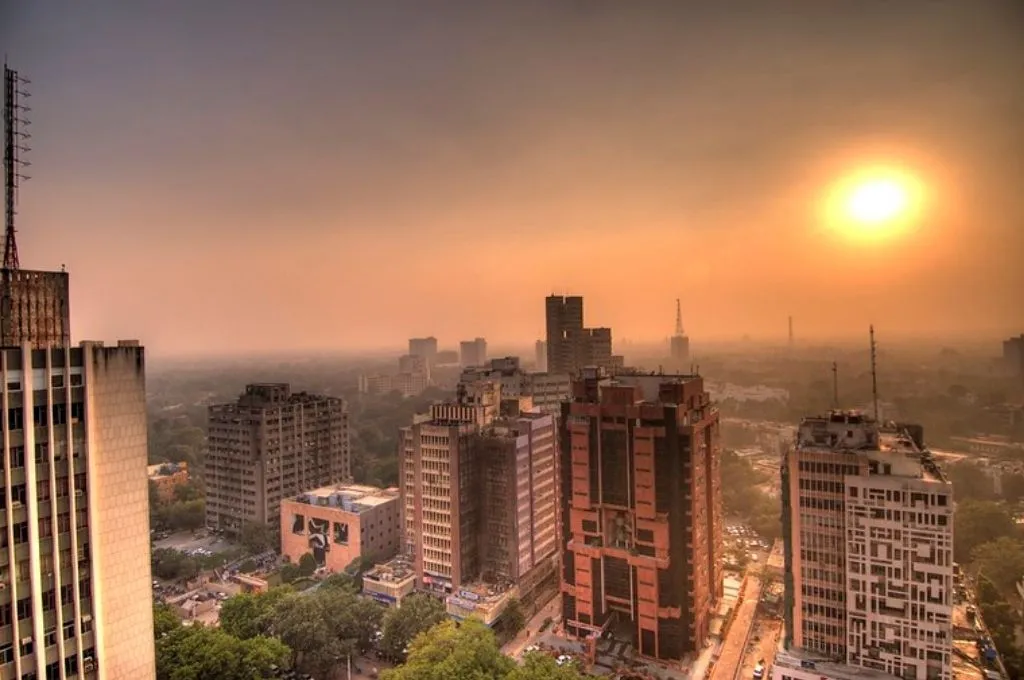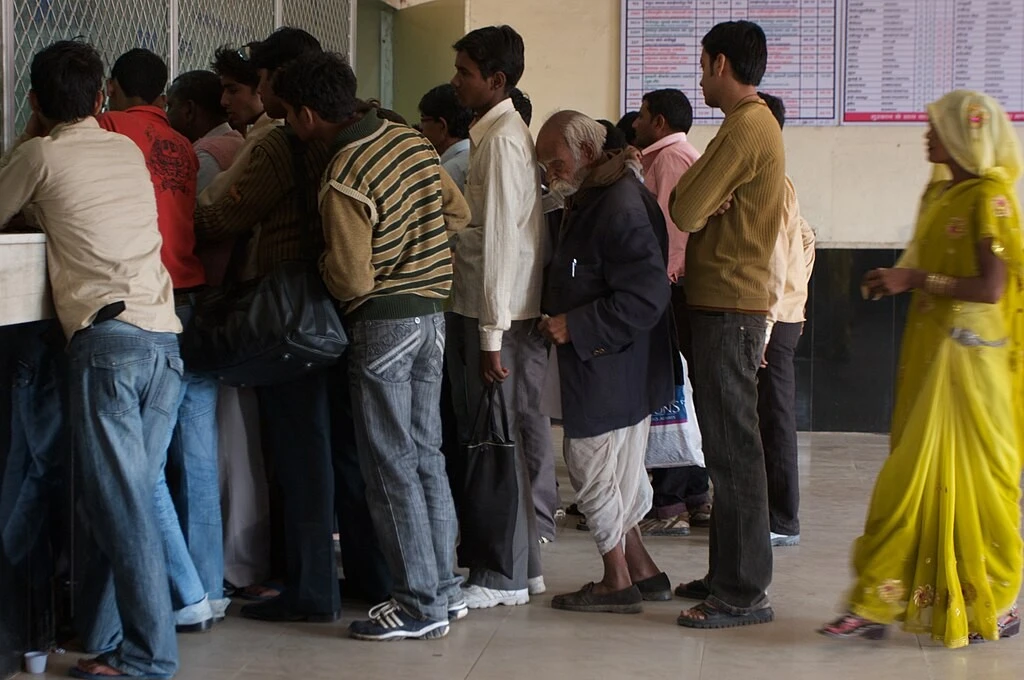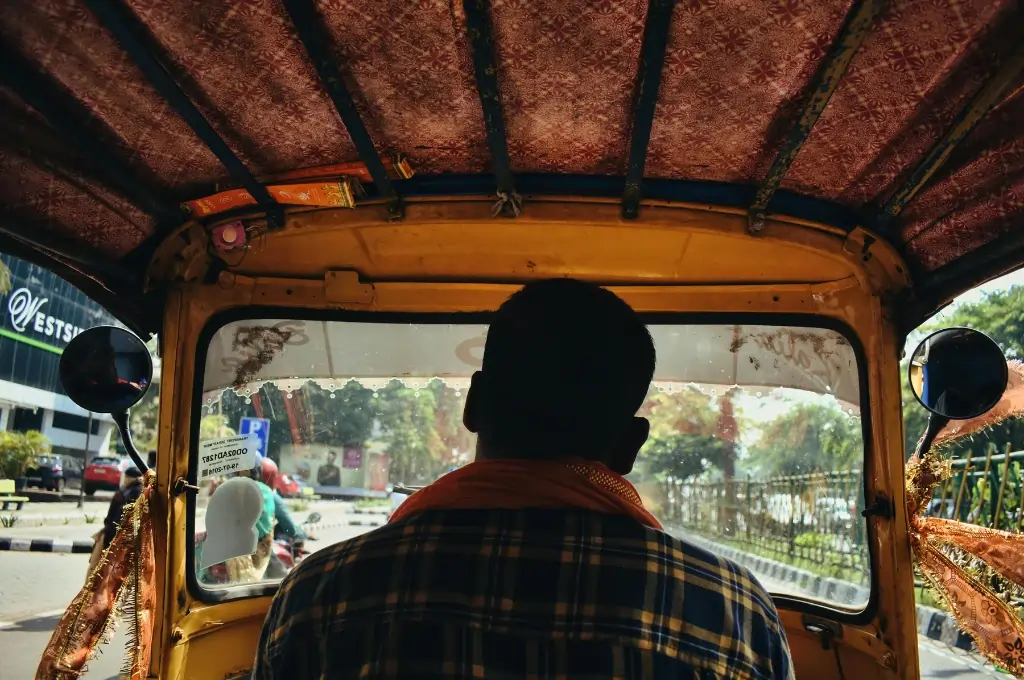Property, particularly land and housing, is of enormous economic and social relevance in India. A safe and secure habitat is critical for the social well-being of every household. Immoveable property is also a primary asset for many Indian households, with land and housing serving as catalysts for social and economic mobility. Inclusive and equitable access to land and housing has the potential to influence the well-being of a household and to unlock a wealth of opportunities—including financial security, accumulation of intergenerational wealth, and access to formal sources of credit—especially for marginalised communities.
However, access to property is inhibited by an overburdened and a highly federated land administration and legal system. This access is particularly hard for marginalised communities. Furthermore, remediation is difficult with a significant proportion of property being locked in litigation. It is estimated that more than 60 percent of all civil cases in India relate to property disputes.
As a result, enabling easier ownership, renting, and transfer of property, particularly for vulnerable communities, is an urgent need. There is a spectrum of interactions that individuals and communities engage in with respect to immoveable property. These are the main constituents of ‘property inclusivity’. It includes primary interactions like ownership, renting, and leasing, as well as a range of enabling factors such as property records, formal credit, property market regulation, and access to justice for property disputes.

Thus, Omidyar Network India took on a study in collaboration with Sattva to chart the evolution of the property inclusivity sector, understand the challenges it still faces, and identify opportunities available to funders in the space. The study used an exploratory and qualitative approach to capture the complexity and diversity of the property inclusivity landscape. This included interviews with approximately 50 civil society organisations and sector experts. The data gathered through this effort was complemented by a review of available literature, such as white papers, landscape studies, ecosystem reports, news articles, and policy analysis documents.

Here’s what the study found:
Property inclusivity challenges
The study identified 12 key challenges that continue to hinder property inclusivity. These challenges arise at the intersection of the type of immoveable property, socio-economic identity, and the nature of interaction with property.
1. Exclusion from inheritance
Inheriting property is a key avenue for building intergenerational wealth and catalysing social mobility. However, discriminatory provisions persist in succession laws across all communities, often more disproportionately for women, transgender, and non-binary individuals. For instance, only one in 10 women in India inherit agricultural property. Similarly, transgender and non-binary individuals are expected to choose between conforming to their assigned gender and forfeiting their inheritance rights.
2. Disenfranchisement from land ownership
The absence of ownership rights due to historically entrenched systems and a lack of awareness of existing laws contribute significantly to this challenge. Land ownership patterns map onto historic inequalities, disenfranchising marginalised castes, Adivasis, and those living in informal settlements. For example, Scheduled Caste communities account for 16 percent of India’s agricultural households but own just 9.5 percent of the total land. The percentage of women with property (house/land) registered in their name was approximately 35 percent in 2015–16, but this figure dipped to 22.7 percent in 2020–21.

3. Unavailability of affordable rental housing
The demand for affordable rental housing in urban areas has increased due to rural-to-urban migration. But this demand has not been met by the state or the market. Limited implementation of policies, high costs, and skewed incentives have led to vacant housing stock in India, despite demand for housing being high. Between 2012 and 2017, India faced an urban housing shortage of 18.78 million houses. Much of this shortage is driven by the lack of infrastructure and land available to construct houses, particularly due to the developers’ preference for high-end, luxury housing—which is generally more profitable.
4. Rental discrimination
Members of historically marginalised groups face discrimination from brokers, agents, and homeowners while looking for homes to rent. For example, a study conducted in the National Capital Region found that 41 percent of Dalit and 68 percent Muslim home-seekers were either refused outright or offered differential rental terms from homeowners. While private housing and co-living providers have emerged, they are largely focused on high-income segments of the consumer base.
5. Restrictions on usage and transfer of property
Farmers, Adivasis, and forest-dwelling communities find it difficult to exercise autonomy over their property owing to legal restrictions on the usage and transfer of agricultural and forest land. The Forest Rights Act (2006) enables forest-dwelling communities to claim forest land for purposes of development and/or livelihoods. It bears the potential to restore the rights of forest dwellers to over 100 million acres of forest land, but only 15 percent of this potential has been realised due to low awareness of its processes and uneven implementation across states.
6. Forced evictions and land acquisition
The unlawful acquisition of land driven by an increasing number of commercial and development projects displaces communities that lack bargaining power. Approximately 65 million people—the highest tally globally—have been displaced since Independence for development projects despite the enactment of laws such as the Land Acquisition (Right to Fair Rehabilitation and Resettlement) Act (2013), which aims at protecting land and providing relief to the displaced.
7. Suboptimal liveability of property
A combination of geographic and economic factors adversely impact the quality of civic amenities in both rural and urban areas. Gaps in urban planning and limited implementation of existing state- and central-level schemes mean that informal-settlement dwellers, landless farmers, and low-to-middle income households are most at risk of facing this challenge. There needs to be greater focus on better implementation of existing schemes.
8. Unresilient disaster construction
In 2019, India was ranked seventh among the countries most affected by climate change in the world. Several regions in India are prone to natural disasters such as floods, earthquakes, and fires. With the looming threat of climate change–induced natural disasters, there is a need for greater momentum in anticipatory disaster-resilient construction.
9. Inefficient housing market
The Real Estate (Regulation and Development) Act (2016) was introduced to address long-standing issues within the housing market, such as the lack of transparency and accountability within the real estate sector. It contained provisions that restricted the misuse of homebuyers’ funds by developers and prevented them from making changes to proposed project plans without the buyers’ consent. While there has been significant positive impact on account of this legislation, more needs to be done to remedy the high levels of opacity and information asymmetry as well as build stronger redressal avenues.
10. Accurate and accessible recordkeeping
National-level interventions for the digitisation of records saw widespread adoption across multiple states. However, more than 50 percent of states had digitised less than half of their land records as of 2021. It has been found that the implementation of such digitisation has particularly lagged in certain pockets of the country, including the Northeast and Jammu and Kashmir. The reasons for this include the limited land administration capacity, digital literacy, and digital infrastructure in these regions. As a result, the quality, accuracy, and accessibility of property records are often compromised.
11. Exclusion from housing finance
While housing finance is a widely accepted tool to possess property among high-income groups, access to the same is a challenge for economically and socially disadvantaged groups that often live in informal housing and have informal incomes. The growth of the affordable housing finance model has been limited, with traditional house finance companies and commercial banks still preferring to provide high-ticket loans to high-income or salaried groups.
12. High incidence and pendency of property disputes
Judicial capacity, lagging infrastructural support, and conflicting laws have exacerbated the prevalence of property-related disputes. Estimates suggest that more than 60 percent of all civil cases in India are related to land or property disputes, with the average pendency of a land acquisition dispute being 20 years.
The state of the property inclusivity sector
The study outlined five stages of ecosystem evolution—latent, nascent, emerging, mainstream, and transformed. An ecosystem’s response to challenges undergoes an evolution over a period of time, with each stage indicating the degree of the ecosystem’s maturity in confronting systemic issues.
The study found that the property inclusivity sector is at the ‘emerging’ stage, indicating policy-level progress, widespread recognition of challenges, and existence of siloed models of impact. The ecosystem has progressed to this stage by virtue of its increased awareness of the aforementioned challenges and its provision of early solutions, particularly in the form of state schemes, legislation, foundational research, and extensive on-ground community building. The progress of the sector from latent to emerging has resulted from a range of developments over the last decade, which were catalysed by critical policy advancements. These include the adoption of new technologies to improve the management of land records and the facilitation of alternate dispute resolution. Moreover, the Pradhan Mantri Awas Yojana, Real Estate (Regulation and Development) Act (2016), and Affordable Rental Housing Complexes scheme have contributed in enhancing supply and transparency in the housing market as well.
However, variances across geography and communities remain high, especially in terms of the needs and challenges they are faced with. Moving the sector from ‘emerging’ to ‘mainstream’ will entail three key thrusts:
- Scaling feasible, sustainable, and acceptable solutions by providing long-term incubatory capital.
- Tailoring last-mile solutions to reach vulnerable communities and geographies.
- Building a self-sustaining community of actors with diverse and long-term funding support.
In other words, taking a community-first lens and tailoring solutions to meet their unique needs is key to moving towards the vision of ‘property for all’.
Opportunities for investment and impact
1. Property as an asset can trigger cross-sectoral impact
Property as an asset has the potential to sustainably move low-income families and communities out of poverty. Therefore, it can serve as a critical lever to accelerate outcomes across other adjacent sectors. For example, efforts to make property records more accessible can reduce barriers for people to claim ownership and leverage it productively for economic growth. Property inclusivity initiatives can similarly contribute to positive outcomes in spheres of women empowerment, health outcomes, financial inclusion, migration and urban development, and climate change and conservation.
2. Collaboration with funders from adjacent sectors can help build shared agendas
Ecosystem builders and philanthropic foundations bear the potential to open new pathways for accelerating impact on the ground. Achieving this will require funders to explore common interests and outcomes at the intersection of property and adjacent sectors, fund and programme initiatives collaboratively, and adopt innovative funding and financing models. Eliciting the involvement of a range of stakeholders—government, market-based players, civil society, and banking and financial institutions—can help accelerate this process.
3. Focusing on unaddressed challenges can catalyse future action
While progress on addressing some of the challenges has been steady, it is imperative for the funding system to renew its focus on challenges that have remained unaddressed. For instance, issues such as the incidence and pendency of property disputes and rental discrimination need greater attention. Doing this would help establish a strong foundation for the rest of the ecosystem to experiment with and scale existing solutions.
4. Systems change needs patient capital investments
It is important for funders to set up long-term funding streams which are able to reflect and improve on the success of interventions. This will help make the property inclusivity ecosystem more robust and prepared to respond to new developments within the space. Sustainable action in the sector requires funders across the board to nurture partnerships with one another.
The study offers interesting pathways and lenses to understand the evolution and impact of the property inclusivity sector. However, it notes that all stakeholders, especially funders, need to be more intentional in acknowledging and addressing on-ground realities both individually and collectively.
—
Know more
- Read the full report here.
- Read this article to learn more about what’s missing from India’s land laws.
- Read this article to learn more about the property rights of transgender persons in India.




